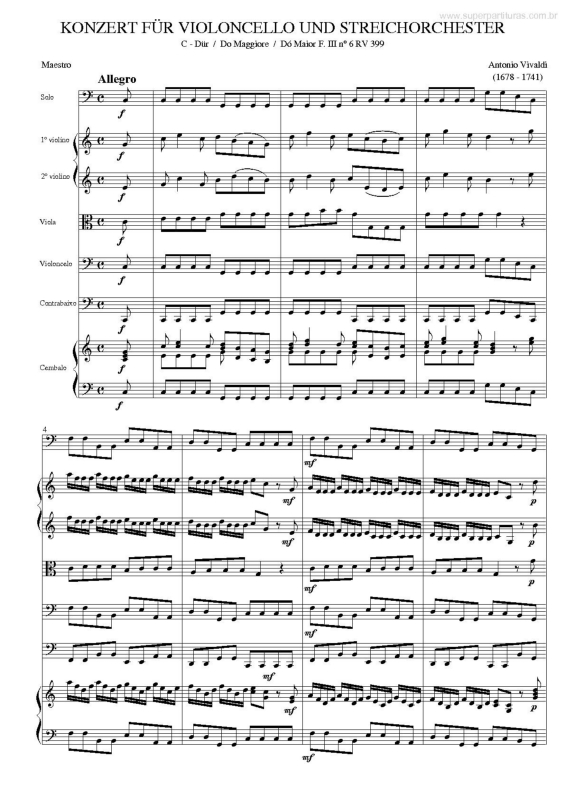


The flavor of Vivaldi’s cadenza naturally brings us a reminder of Locatelli’s opus 3 concertos with their caprices. It’s conceivable that Pisendel wouldn’t have seen this one example as an outlier. In the first concerto I mention, RV 340, we have a Vivaldian example. Many concertos have a hook to allow the soloist to insert a cadenza and in almost every case every HIPP ensemble doesn’t go for it. I’ve gotten on my soap box before about cadenzas in Vivaldi’s concertos. There is a closeness to the sound that reveals his fingers hitting the fingerboard which speaks to the close miking used, but it’s the only real flaw to the recorded sound. His playing shows no weaknesses with all of Vivaldi’s virtuosic tricks. Chauvin is an excellence violinist who comes across in a well-produced recording strong with a very even, consistent tone. Of all the Vivaldi Concerto recordings in this series, this is one of the most consistent and all-around well-played. The third movement is notable for pushing the gamut of the violin into the stratosphere (for the time) which required higher positions with the left hand. While the speed is breathtaking, I think I prefer Chauvin’s reading the best. Zsolt Kalló’s recording (2014) pushes the tempo on Chauvin, but the solo passage is not as rhythmically-sure. The recording by Stefan Plewniak (2019) is also very strong, but Chauvin’s has a richer contrast again in dynamics. RV 237 is the only minor-keyed concerto on this recording and uses barlioage as its virtuosic technique this concerto also reminds me of Vivaldi using a pastiche effect by re-using themes from other concertos. Musica Alchemica uses a sassy guitar in the continuo which lends their recording a more Spanish flavor. Both recordings are good, but I much preferred the newer one by Chauvin. Chauvin pushes her with faster tempi and more obvious contrasts with dynamics. I have a recording of this piece by Lina tur Bonet and Musica Alchemica, who is known for her fire and exciting interpretations. RV 226 features a very short introduction/ritonrello before the soloist comes in all hell-bent on double stops. There are some back-and-forth effects between the first and second violins which are rendered well here by placing the two groups on either side of the stage. It may well be that Vivaldi has done here where he’s done elsewhere to re-use some thematic cells in his construction of this piece’s solos and ritornellos. Chauvin and company do well with the numerous dynamic contrasts that Vivaldi writes there are elements of this concerto that remind me a lot of another earlier recording, but I can’t say for sure that it’s the same concerto. In RV 225, there’s double stopping that appears in the first movement. The other tools he has are present in some of the other concertos, namely double stopping and bariolage. The use of the upper register is but one of three effects Vivaldi uses to up the ante with virtuosity. The third movement is a study of rising and falling figures that are taken up by both the ensemble and soloist. The middle movement is perhaps more finely wrought than is typically done for Vivaldi’s slow movements with a solo that leaves a lot for rhetorical weight. The first movement could almost be one of his sinfonias or concertos for strings, except that a solo part seems interjected that takes on new material. The piece seems to deflect from other mainstay features in Vivaldi’s concertos as well. One of the more interesting concertos is the last one on disc, RV 340, which features a third-movement cadenza that Vivaldi wrote for Pisendel. In this case, three concertos were written by Vivaldi for Pisendel three others were copied by Pisendel during his visit to Venice, where it’s believed the two violinist-composers met.
#Vivaldi concerto series
It’s not the first time the series has focused on Pisendel-related concerti. In this review, we’ll be looking at Volume 10 of the Vivaldi violin concerto series from Naïve that features a set of 6 concertos tied to Georg Pisendel, the contemporary violinist of some fame from Dresden. Julien Chauvin (violin/director) and his ensemble, Le Concert de la Loge, have two new releases this week.


 0 kommentar(er)
0 kommentar(er)
